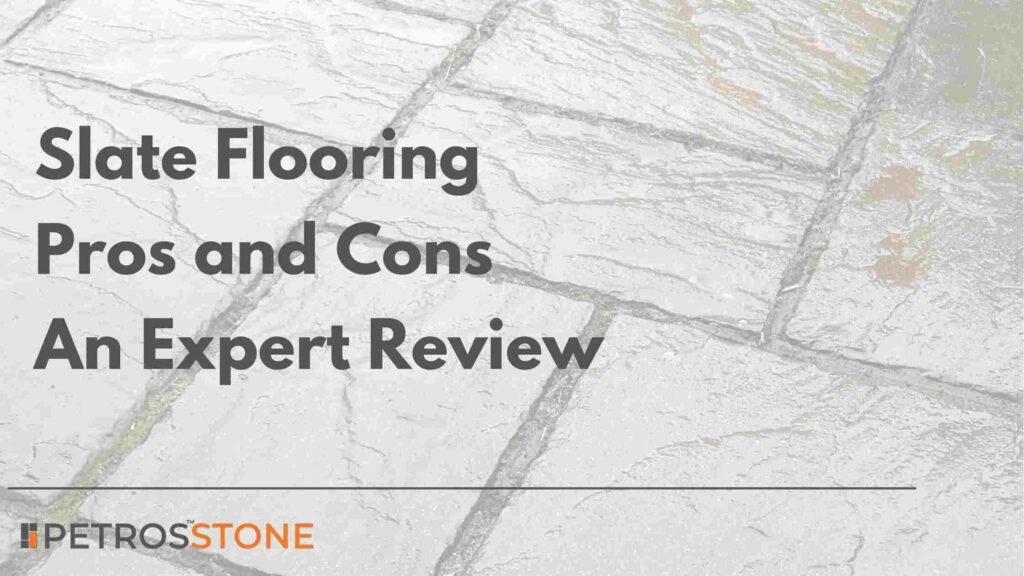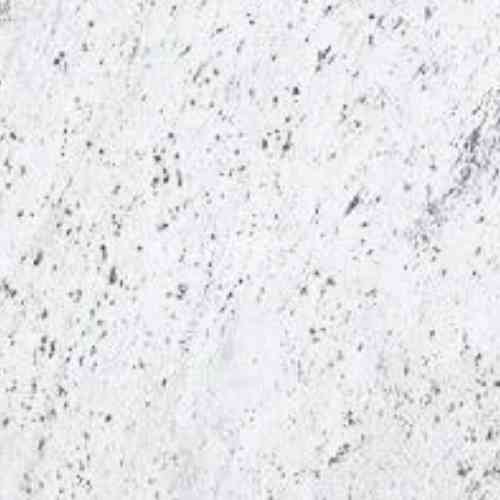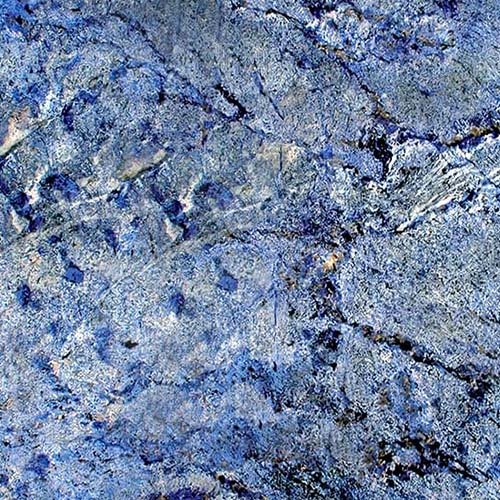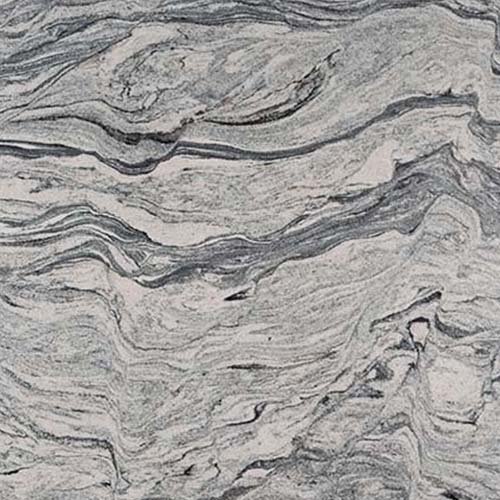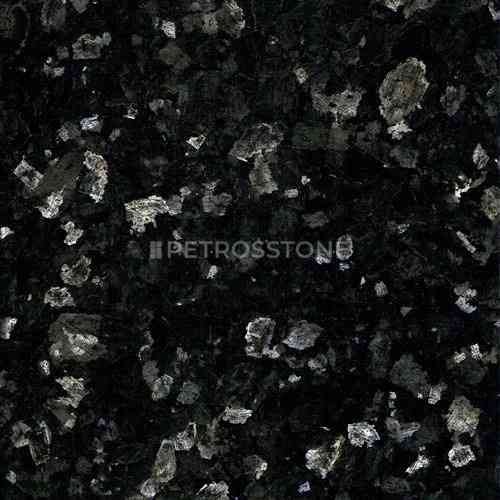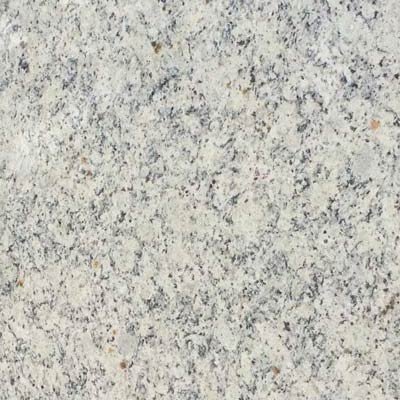
A basement can be the most versatile real estate that a residence has, yet it also has some issues that other rooms do not. They are underground, so they are exposed to moisture, humidity, cold concrete, and occasionally flooding. This makes the selection of the appropriate floor type very essential.
The improper selection may result in mold, odors, cupping, and costly renovations. The correct selection can provide you with a warm, elegant, and simple-to-clean area that will last for years.
Best Basement Flooring by Scenario
| Flooring Type | Flood-Prone Basement | Occasionally Damp | Dry Basement | Comfort Level | Cost (USD/sq. ft. approx.) installed | Notes |
|---|---|---|---|---|---|---|
| Porcelain/Ceramic Tile | Best | Excellent | Suitable | Low | $5 – $15 | Fully waterproof, hard underfoot |
| Natural Stone | Best | Excellent | Suitable | Low | $10 – $30 | Durable, premium, needs sealing |
| Epoxy Flooring | Best | Excellent | Suitable | Medium | $4 – $12 | Seamless, customizable |
| Sealed Concrete | Best | Good | Suitable | Low | $2 – $8 | Modern look, economical |
| Waterproof LVP/LVT | Good | Best | Best | Medium | $3 – $7 | Warmer, stylish, floating install |
| Engineered Hardwood | Avoid | Risky | Best | High | $6 – $12 | Beautiful for dry basements only |
| Laminate (WR) | Avoid | Cautious Use | Good | Medium | $2 – $6 | Budget pick; avoid flood-prone areas |
| Cork (Sealed) | Avoid | Cautious Use | Best | Very High | $5 – $10 | Soft, mold-resistant when sealed |
| Carpet Tiles | Avoid | Cautious Use | Best | Very High | $3 – $6 | Warm & replaceable; needs maintenance |
| Rubber Flooring | Good | Best | Best | High | $3 – $8 | Durable and waterproof; ideal for gyms |
In this article, we explore the nature of basement moisture problems and outline the most suitable flooring options for three scenarios: basements that are flood-prone, basements that remain dry, and basements without an existing floor.
Understanding Basement Flooring Challenges
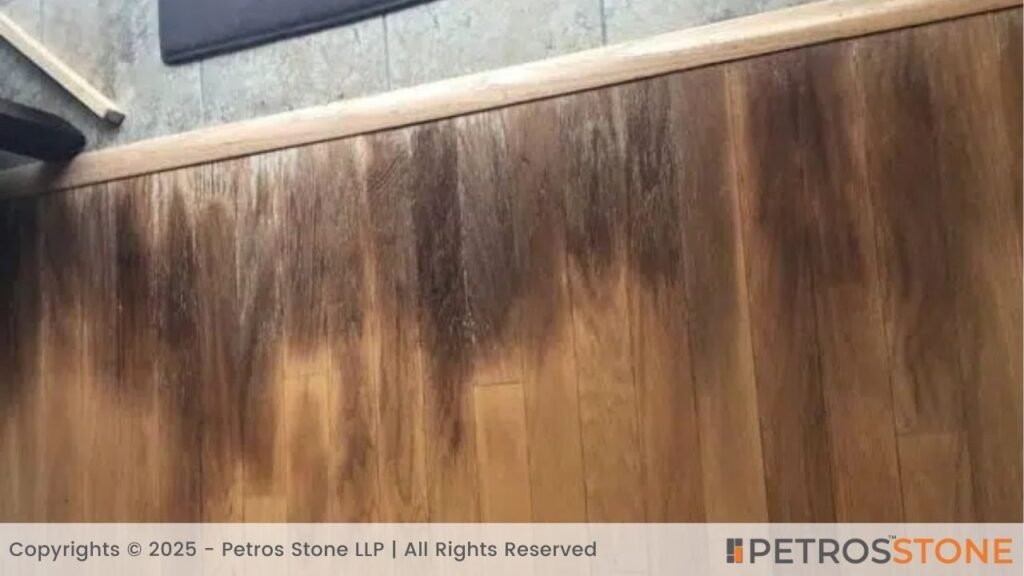
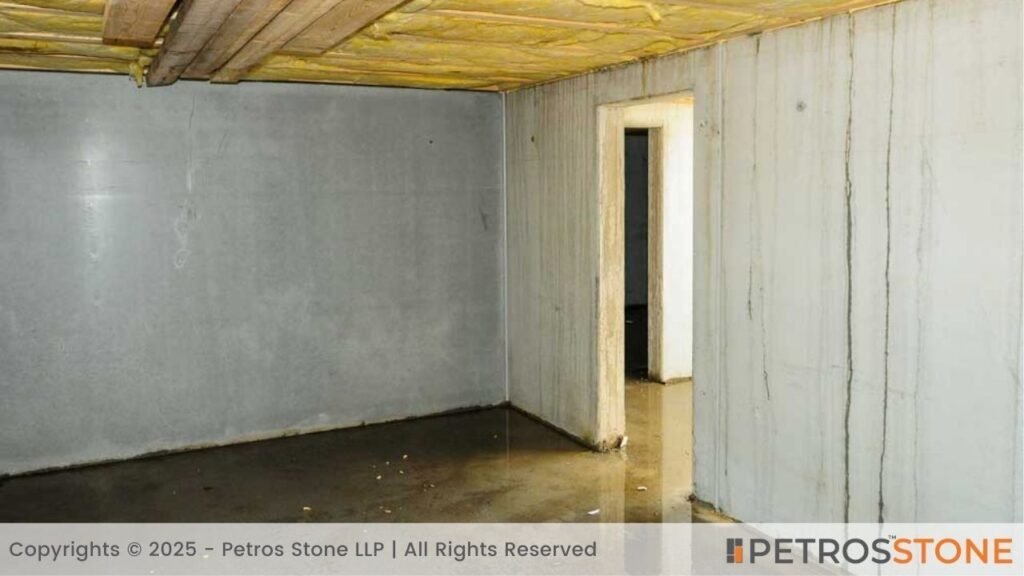
Moisture and Humidity Issues
- Condensation formation – The warm house air will come in contact with the cold concrete, leaving the surface of the concrete to become damp, something that potentially weakens the bonding adhesives of floor coverings.
- Permanent damage – Long-term moisture causes planks to be warped, tiles to come loose, or carpets to have a musty smell that is impossible to dry.
- Preventive measures – Dehumidification, vapor barriers, and moisture-resistant materials.
Flooding Risks and Damage Potential
- Common causes – Sudden flooding may happen due to heavy rains, a poor drainage system, a sump pump failure, or a burst pipe.
- Material vulnerability – Laminates made of MDF-core, carpets, and natural hardwood absorb their share of water and are not salvageable.
- Use less hazardous materials – Less hazardous materials, like ceramic tile, sealed concrete, or epoxy coats, can reduce damage.
Subfloor Considerations: Concrete Base
- Cold underfoot – Bare concrete floors are cold and uncomfortable without insulation or a layer of boards underneath.
- Vapor transmission – Concrete naturally emits moisture that can damage wood-based floors when not regulated.
- Installation procedures – The use of vapor barriers, raised installation floors, or dimpled underlaminate enhances comfort and durability.
Balancing Cost, Durability, and Design
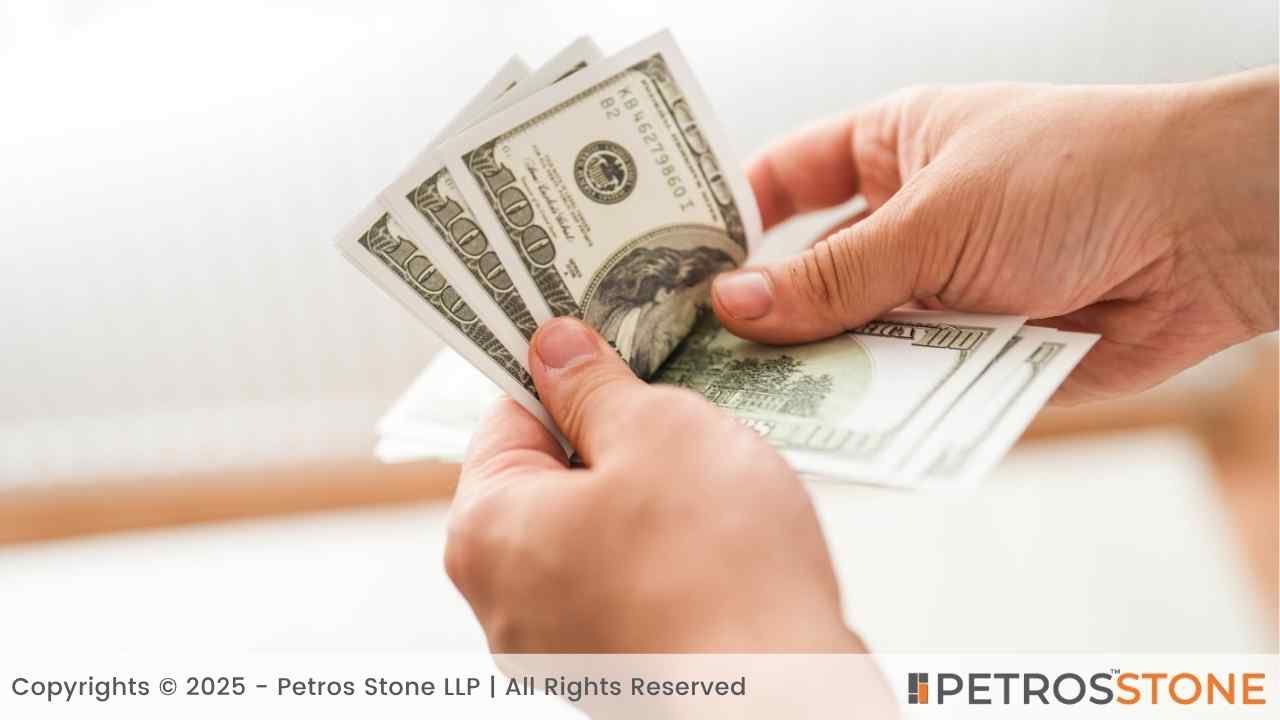
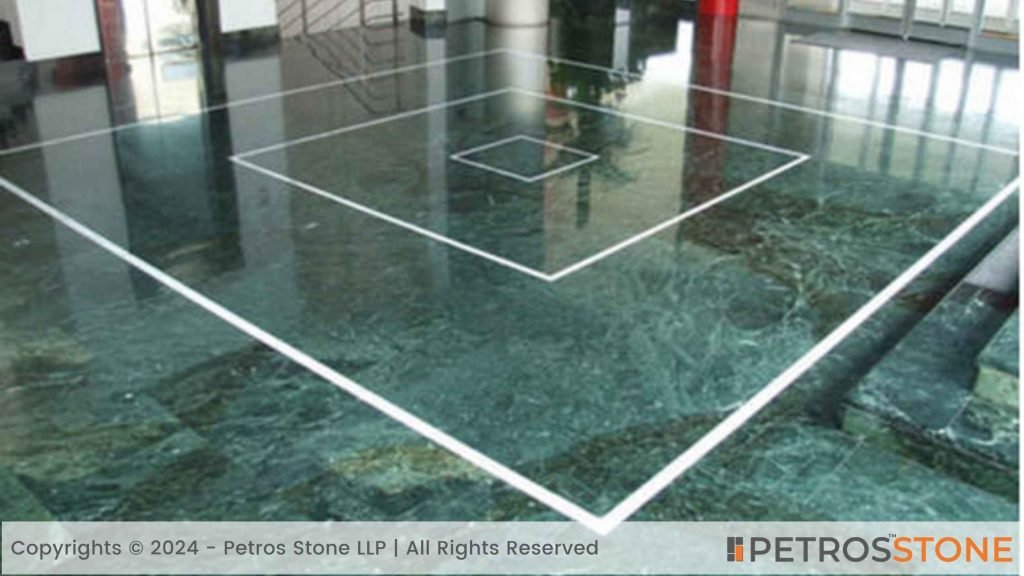
You desire a sensible trade-off: affordable price, long longevity, and a style that you adore.
Table – Balancing Priorities at a Glance
| Priority You Care About Most | Good Choices | Why These Work |
| Lowest cost | Sealed/Polished Concrete, Laminate, Basic LVP | Affordable materials; simple installs |
| Highest durability | Porcelain Tile, Natural Stone, Epoxy | Hard surfaces resist water and wear |
| Warm + comfortable | Cork (sealed), Rubber, Carpet Tiles | Softer underfoot, quieter |
| Easy flood recovery | Tile, Stone, Epoxy, Sealed Concrete | Can be cleaned and dried quickly |
| Most realistic “wood look” | Waterproof LVP/LVT, Engineered Hardwood (dry basements) | Looks like wood with better basement performance |
Best Flooring for Flood-Prone Basements
Ceramic and Porcelain Tile

Pros
- One hundred percent waterproof surface
- Very strong and impervious to scraping
- Massive fashion selection (stone, wood, concrete looks)
- Cleanable and sanitizable
Cons
- Cold and hard underfoot
- Grout may discolor; therefore, a sealer or epoxy grout should be applied.
- The installation must be placed on a completely flat slab and utilise the appropriate thinset.
Cost: About $5–$15/sq. ft. installed (prices vary by region and tile choice).
Design Tips
- To reduce the quantity of grout lines, choose tiles with a larger format.
- Install heated floors under the tile for added comfort.
- Employ light hues to brighten basements short on natural light.
Why It’s Best: Tile does not absorb water.
Natural Stone (Slate, Granite, Travertine)

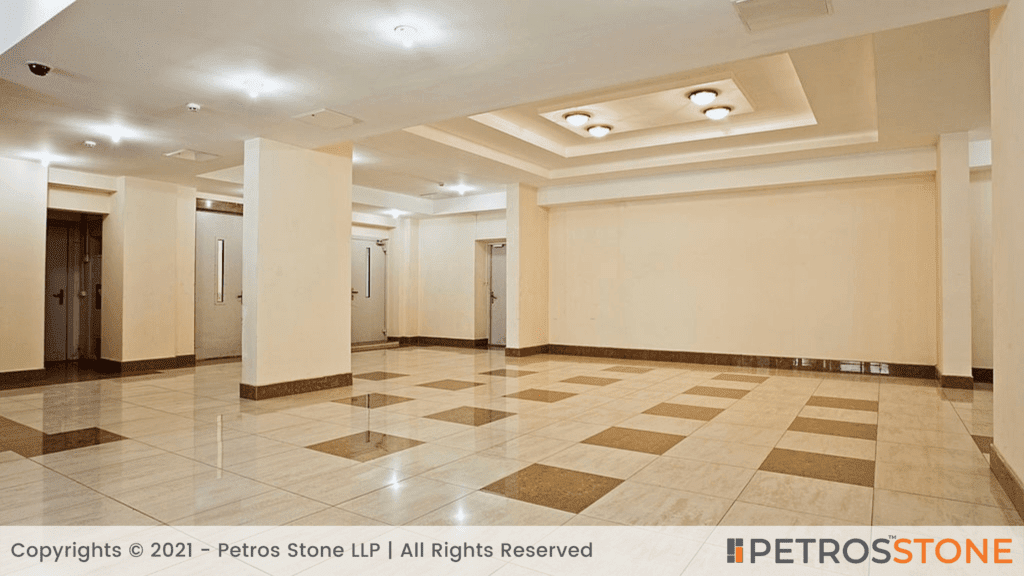
Pros
- Incredibly durable and strong
- Elegant, timeless design that increases resale value.
- Vast array of textures; split-face slate offers excellent traction.
Cons
- Elevated cost and greater material weight
- Must be sealed to resist stains.
- Cold; lay down area rugs or implement radiant heat for warmth.
Cost: About $10–$30/sq. ft. installed.
Design Tips
- Install textured stone in areas prone to moisture, as it provides improved traction.
- Offset the chilly stone with warm wood furnishings and inviting soft fabrics.
- Opt for neutral hues that disguise dirt between thorough cleanings.
Why It’s Best: Stone delivers cutting-edge flood resistance and gracefully endures the passage of time.
Epoxy Flooring
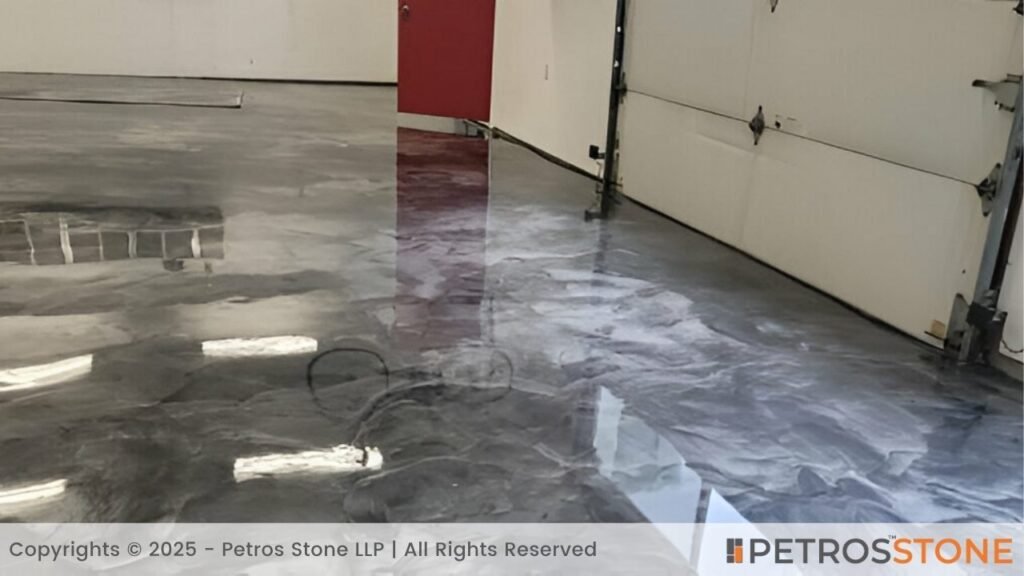
Pros
- Seamless, non-porous, waterproof finish
- Resistant to chemicals and simple to disinfect
- Customizable finishes (solids, flake blends, metallics)
Cons
- Slippery on contact with moisture unless traction media are incorporated.
- Meticulous prep is paramount; working with pros gives the best results.
- UV exposure may bronze certain epoxies (select a UV‐stable topcoat).
Cost: About $4–$12/sq. ft.
Design Tips
- Incorporate aluminium oxide grit or vinyl flake into the epoxy to increase traction.
- To cover up daily dust accumulation, choose a colour in the middle.
- Choosing a polyaspartic topcoat results in improved UV stability and a quicker cure.
Why It’s Best: Epoxy leaves a protective layer over your slab. Following a water event, it cleans easily.
Sealed Concrete with Stain/Polish
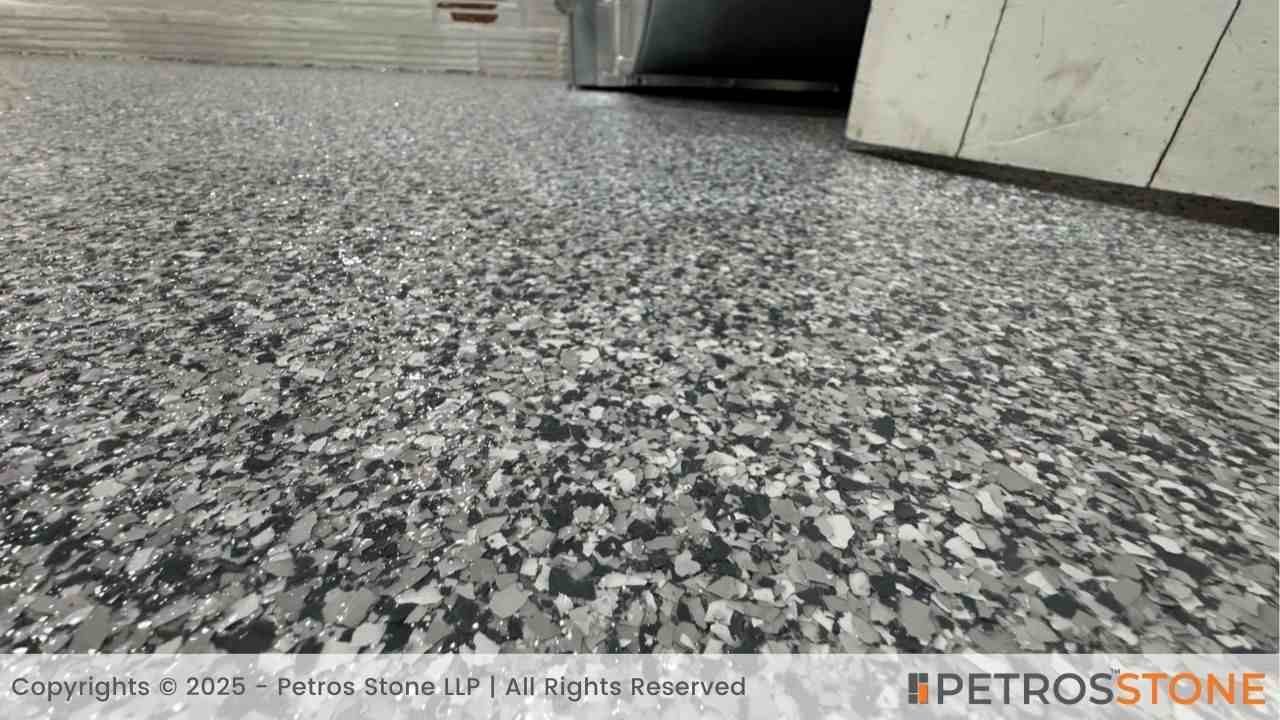
Pros
- Economical and durable.
- A contemporary, industrial aesthetic.
- Simple to wipe down; no seams that can hold moisture.
Cons
- May feel cold and hard to the touch.
- Hairline cracks can appear (they often enhance the look).
- Periodic resealing may be required.
Cost: About $2–$8/sq. ft.
Design Tips
- Blend an integral stain or dye for depth and character.
- To make the seating spaces cosier, place area rugs layered with breathable pads.
- To reduce glare, use a satin or matte surface.
Why It’s Best: When well sealed, the slab itself is your flood-resistant finished floor.
Luxury Vinyl Tile/Plank (Waterproof Grade)
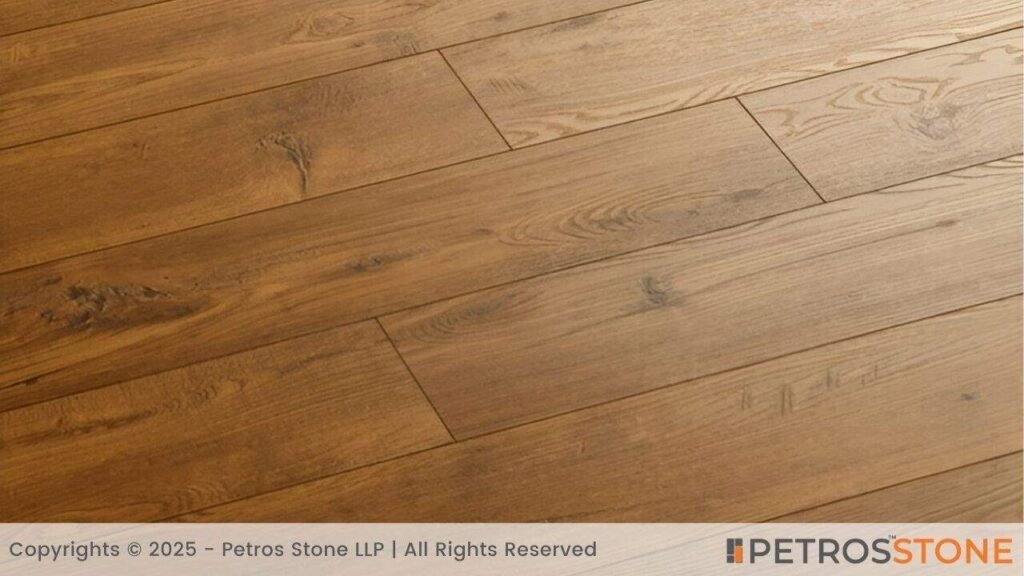
Pros
- 100 percent waterproof wear layer
- More comfortable than tile or stone
- Simple DIY floating installs; planks can be changed
Cons
- Long-standing water may enter seams unless firmly seated
- Poor resale value compared to tile/stone in certain markets
- Telegraphs slab imperfections; wants an even surface
Cost: About $3–$7/sq. ft.
Design Tips
- Select 20 mil or thicker wear layers to provide durability.
- Tape blocks and adhere to expansion-gap requirements.
- Use wood-look planks to give the basement a warmer look.
Why It’s Best: Comfortable and stylish yet waterproof. LVP/LVT is a contender against tile/epoxy in serious flood basements.
Table – Flood-Prone Basement Options Compared
| Material | Water Performance | Comfort | Typical Cost (Installed) | Care Level | Best For |
| Porcelain/Ceramic Tile | Excellent (floodproof) | Low (cold/hard) | $5–$15 | Low–Medium (grout) | Any flood-risk area |
| Natural Stone | Excellent (floodproof) | Low (cold/hard) | $10–$30 | Medium (sealing) | Premium finishes |
| Epoxy | Excellent (floodproof) | Medium (adds slight cushion) | $4–$12 | Low | Workshops, family rooms |
| Sealed Concrete | Excellent (when sealed) | Low | $2–$8 | Low | Budget, modern look |
| Waterproof LVP/LVT | Very good; seams matter | Medium | $3–$7 | Low | Warmer, wood-look spaces |
Best Flooring for Basements that Don’t Flood
Engineered Hardwood
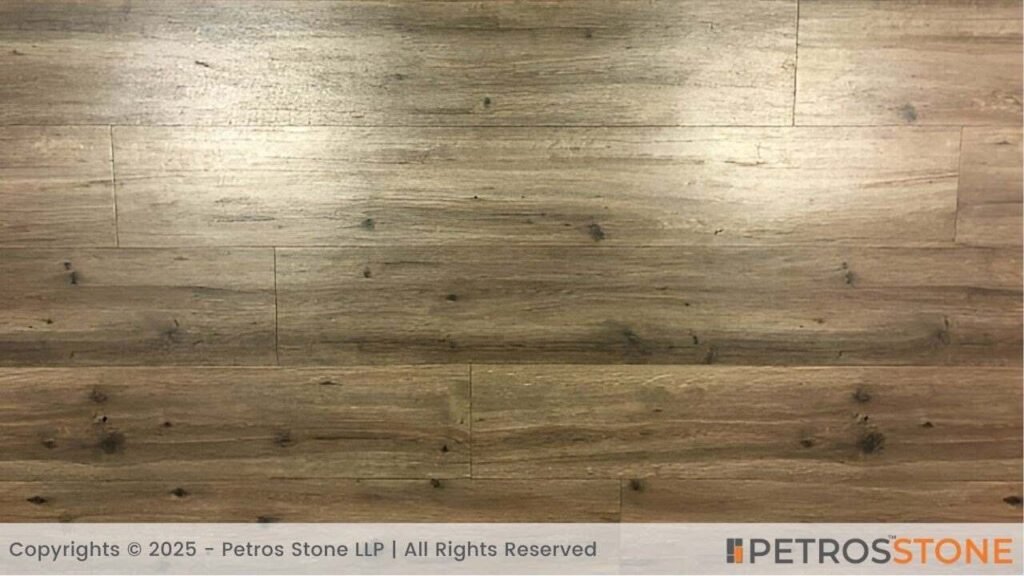
Pros
- Real wood top surface; exquisite appearance
- Firmer than hardwood solid
- Drives perceptions of worth
Cons
- Not floodproof; stay out of wet basements
- Will require a proper adhesive or floating system over concrete
- Delicate to changes in humidity
Cost: About $6–$12/sq. ft.
Design Tips
- Use lighter, wider boards to let more light into the basement.
- Maintain a humidity level between 35 and 55% to preserve the boards.
- Floating on a vapor barrier underlayment, where permitted by the manufacturer
Why It’s Best: Provides a very natural-looking main-floor appearance in a basement that is very dry.
Laminate Flooring (Water-Resistant)
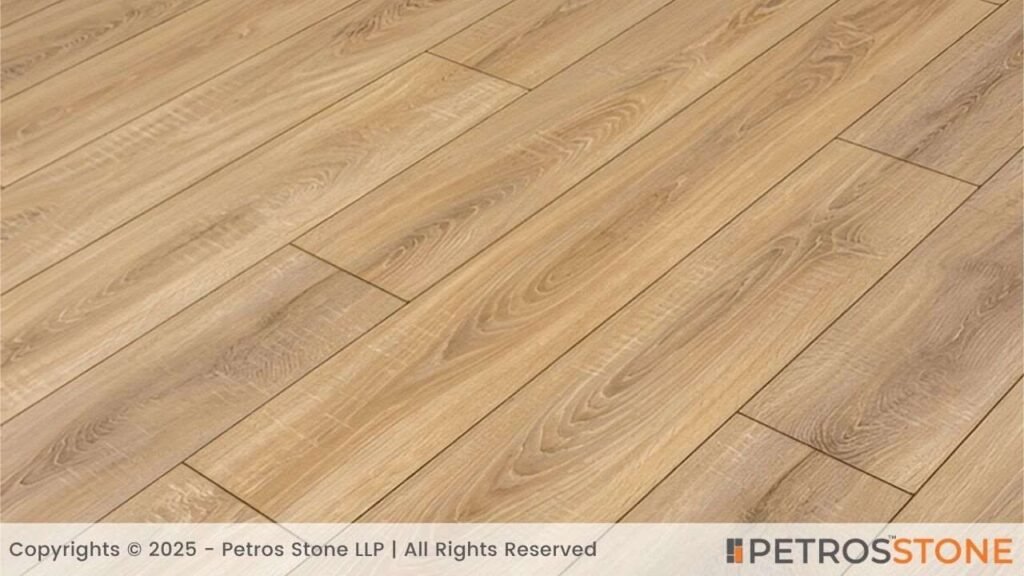
Pros
- Affordable, lots of variety
- Simple do-man installation
- Other items are water-resistant finishings
Cons
- When the seams are penetrated by water, filled cocoa can swell
- It will be hollow without a good underlayment
- Not for flood-prone regions
Cost: About $2–$6/sq. ft.
Design Tips
- Use water-resistant or waterproof-core lines.
- Apply a high-quality underlayment for sound and warmth.
- Carefully cut around the seal perimeter.
Why It’s Best: Good value in areas where the moisture is contained and low.
Cork Flooring
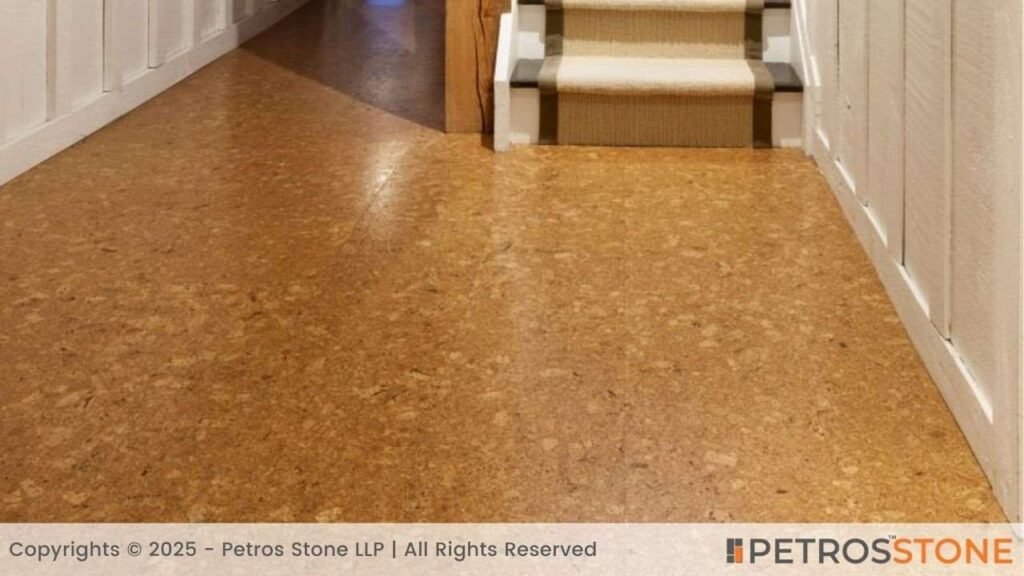
Pros
- Naturally warm and soft
- Noise-absorbing and comfortable
- Inherently resistant to mold and pests
Cons
- Should be sealed off against water
- It can be damaged when exposed to sunlight; use rugs and curtains
- Not floodproof
Cost: About $5–$10/sq. ft.
Design Tips
- Apply a top-quality polyurethane or factory-sealed product.
- Suited to play rooms and media rooms.
- Combine with warm light and textiles.
Why It’s Best: King of comfort in dry basements.
Carpet Tiles (Moisture-Resistant Backing)
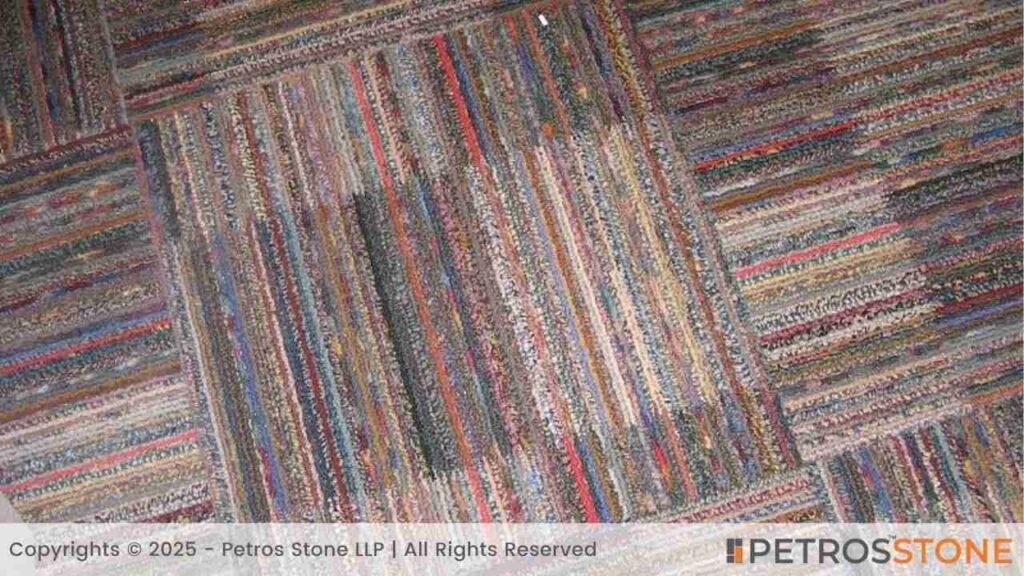
Pros
- Warm, cozy, and quiet
- Replace individual tiles in the event of damage
- Numerous layouts for creative layouts
Cons
- Can trap moisture when humidity is high in the basement
- No good for any flood risk
- Should be vacuumed consistently and deep cleaned every now and then
Cost: About $3–$6/sq. ft.
Design Tips
- Select solution-dyed fibers that are not easily stained.
- Apply moisture-resistant backing and a breathable pad.
- Go for solid colors or something like herringbone or checkerboard tile patterns.
Why It’s Best: A practical, warm alternative to truly dry basements.
Rubber Flooring

Pros
- Waterproof and durable
- Easy on the feet; ideal in gyms
- Simple to wash
Cons
- Has an initial mild smell of rubber
- Restricted domestic fashions (more athletic)
- Showing seams with rolls can be done
Cost: About $3–$8/sq. ft.
Design Tips
- Install hardware tiles that can be fitted without complex skills.
- Fleck patterns should be subtle to conceal dirt.
- Combine the wood accents to tone down the gym appearance.
Why It’s Best: Sturdy, secure, not stressful on joints–ideal in multi-purpose areas.
Table – Dry-Basement Comfort Options Compared
| Material | Comfort | Moisture Tolerance | Typical Cost | Noise | Best Room Types |
| Engineered Hardwood | High | Moderate (not floodproof) | $6–$12 | Medium | Living areas, offices |
| Laminate (WR) | Medium | Moderate (not floodproof) | $2–$6 | Medium–High | Budget family rooms |
| Cork (sealed) | Very High | Moderate (needs sealing) | $5–$10 | Low | Playrooms, media rooms |
| Carpet Tiles | Very High | Low–Moderate | $3–$6 | Very Low | Bedrooms, lounges |
| Rubber | High | High (waterproof) | $3–$8 | Low | Gyms, kids’ zones |
Best Flooring Over Concrete Basement Subfloors
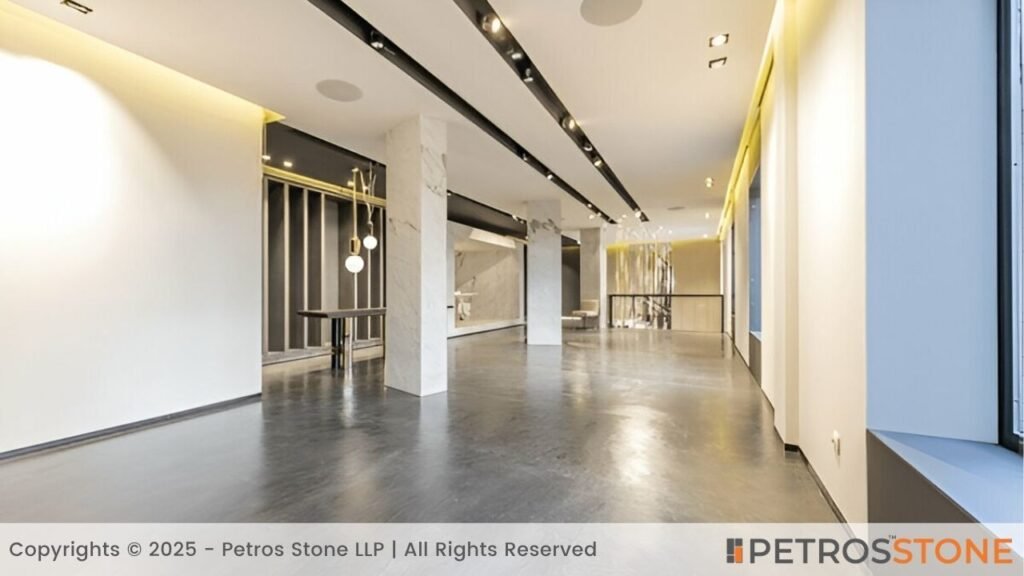
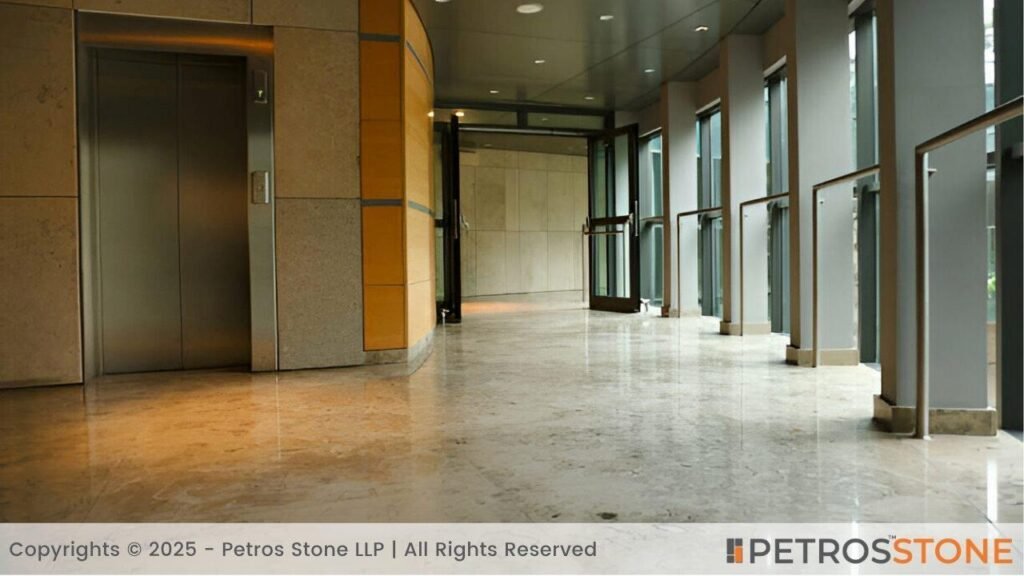
Sealed/Polished Concrete
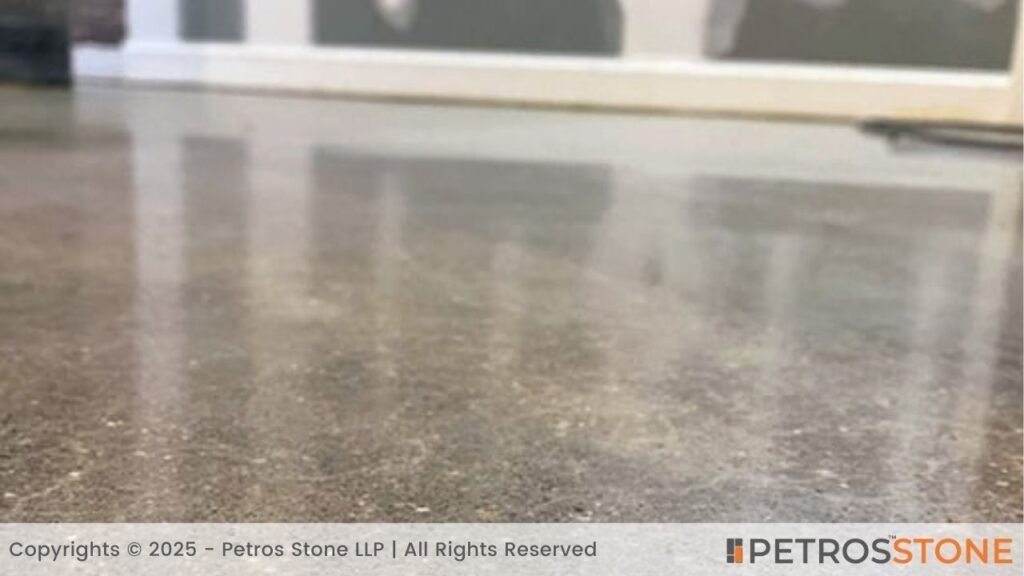
- Pros: Long-lasting, cheap, and readily sterilizable
- Cons: The stress on the surface is often visible in cracks
- Why Best: Subfloor, but when sealed, it becomes the finished floor
Ceramic or Porcelain Tile
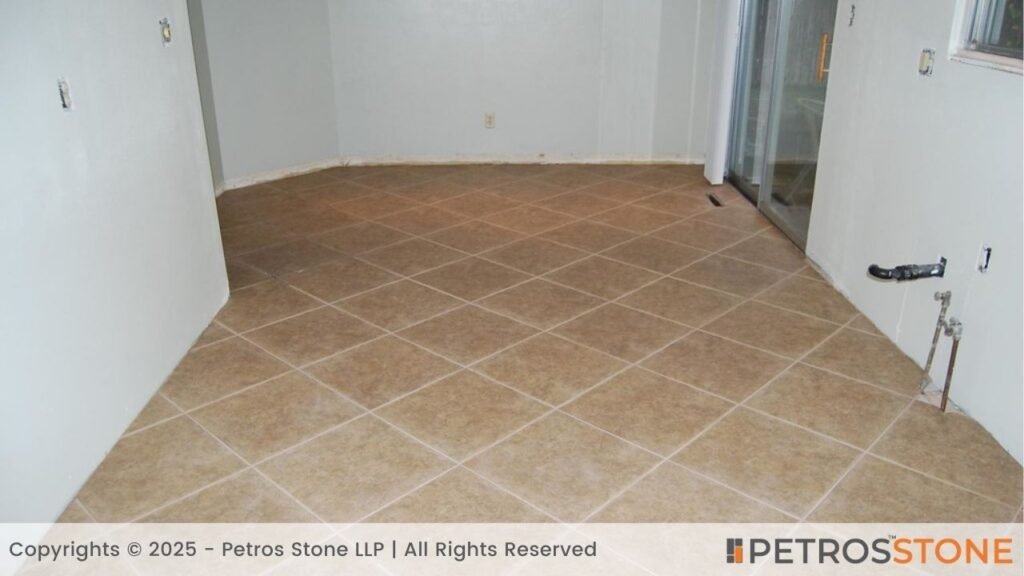
- Pros: Adheres to well-prepared concrete
- Cons: Maintenance-heavy grout; can feel cold to walk on
- Why Best: Excellent performance on top water, wide styles
Slate and Other Natural Stone
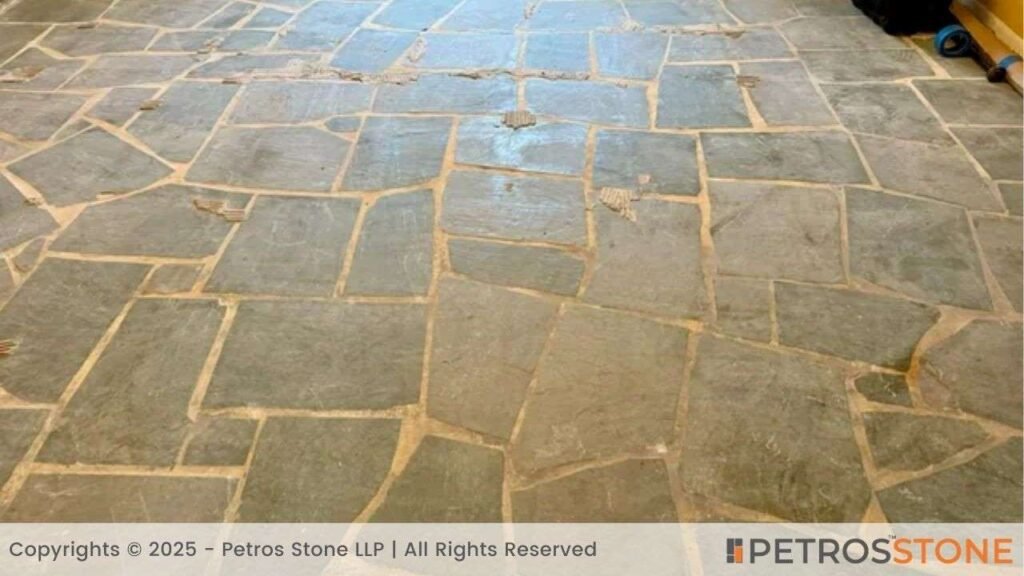
- Pros: Timeless design; highly resistant
- Cons: Weight and price; requires sealing
- Why Best: Long-term solutions that are resistant to floods
Vinyl Planks and Tiles
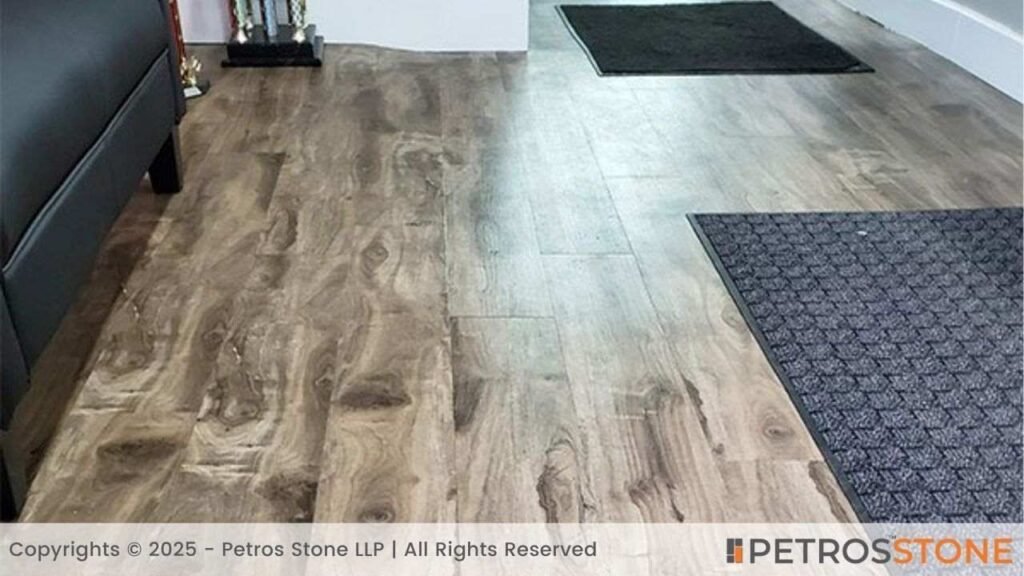
- Pros: Flows above a vapor barrier; warmer feel
- Cons: Needs a smooth subfloor; damaged easily by joints
- Why Best: Good combination of water tolerance and warmth.
Interlocking Rubber or Foam Mats
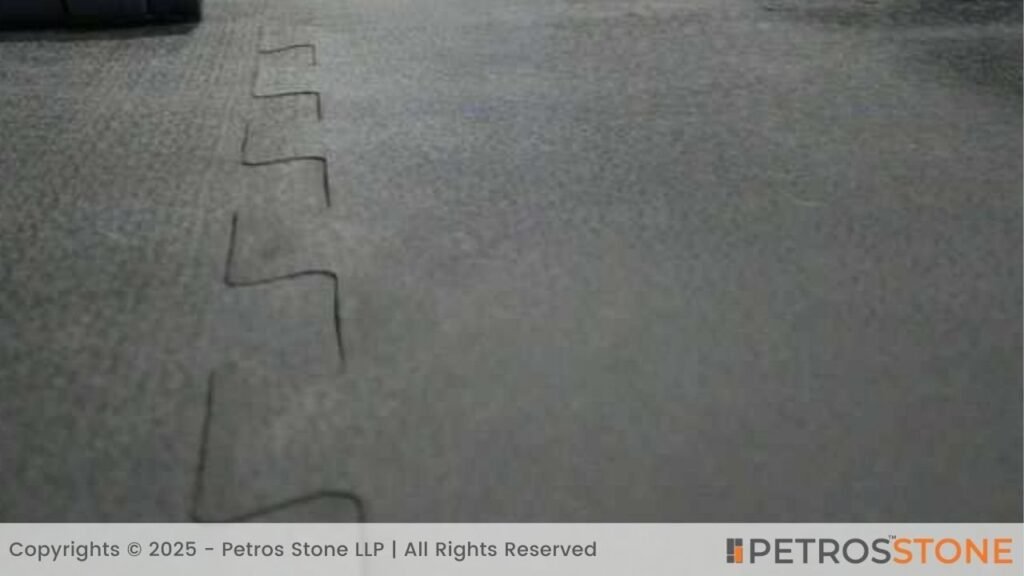
- Pros: Portable, cushioned, easy to replace
- Cons: A bit casual; not a luxurious finish
- Why Best: Good comfort in gyms or play spaces
Table – Concrete Compatibility Cheat Sheet
| Flooring | Installs Directly on Concrete? | Needs Vapor Barrier? | Notes |
| Sealed/Polished Concrete | Yes (it is the concrete) | Sealers recommended | Add rugs for warmth |
| Porcelain/Ceramic Tile | Yes (thinset) | Not typically | Use crack isolation membrane if needed |
| Natural Stone | Yes (mortar) | Not typically | Ensure slab is flat and strong |
| LVP/LVT | Usually floated | Yes (underlayment) | Follow manufacturer gap rules |
| Laminate (WR) | Floated | Yes | Only in dry basements |
| Rubber Tiles | Floated/interlocking | No | Great for gyms; easy to remove |
Comparing All Three Scenarios
Flood-Prone vs. Non-Flood-Prone Basements
- Flood-prone: Use sealed concrete, tile, stone, or epoxy if the area is prone to flooding. After a water occurrence, these are the safest and simplest to remove.
- Non-Flood-prone: You can use laminate, rubber, carpet tiles, cork, or engineered hardwood. Be mindful of style, sound, and comfort.
- Indecisive about risk? Be conservative: The main areas should be made waterproof, either LVP/LVT or tile, and small rugs should be used to make them feel warmer.
Table- Scenario-Based Picks (and What to Avoid)
| Scenario | Top Picks | Avoid |
| Known Flood Risk | Porcelain Tile, Epoxy, Sealed Concrete, Stone | Wall-to-wall carpet, solid hardwood, basic laminate |
| Occasional Dampness | Waterproof LVP/LVT, Tile, Rubber | Cork without sealing, standard laminate |
| Dry + Dehumidified | Engineered Hardwood, Cork (sealed), Carpet Tiles | Solid hardwood (still risky), cheap MDF laminate |
Flooring That Works Best Across All Situations
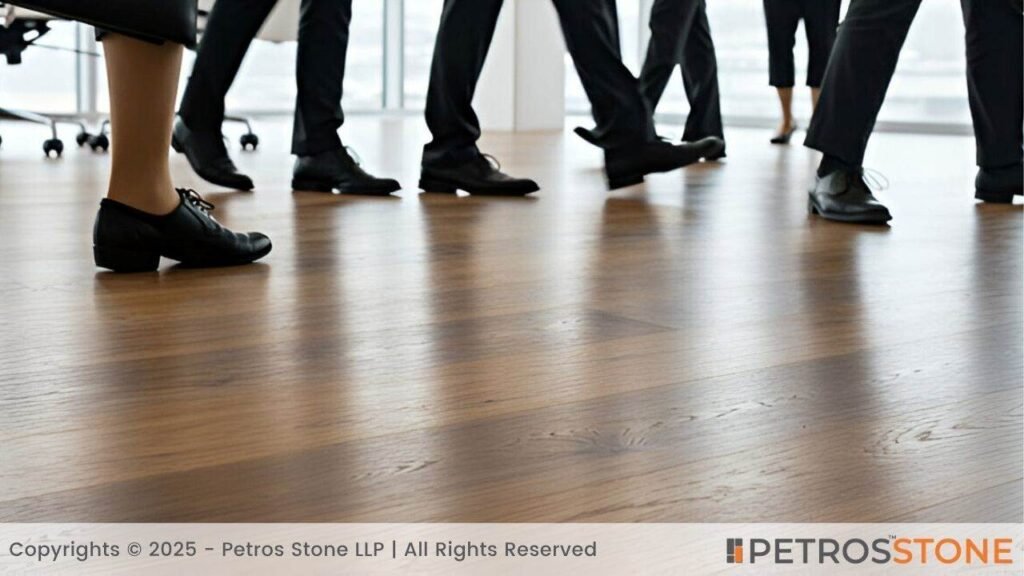

- Porcelain/Ceramic Tile: Best in water, unlimited styles.
- Waterproof LVP/LVT: Versatile, warmer, easy installation.
- Sealed Concrete: Affordable, contemporary, and easy to clean.
- Rubber Tiles: Functional, pleasant, and detachable.
Cost vs. Longevity Analysis
Initial investment is not the whole story. Maintenance, flood recovery, and lifespan are also important.
Table – Cost, Lifespan, and Water Safety
| Flooring Type | Typical Cost (Installed) | Expected Lifespan | Water/Flood Safety | Overall Value in Basements |
| Porcelain/Ceramic Tile | $5–$15 | 30–50 years | Excellent | Excellent if you add radiant heat or rugs |
| Natural Stone | $10–$30 | 50+ years | Excellent | Premium choice; high resale |
| Epoxy | $4–$12 | 20–30 years | Excellent | Great for multifunction spaces |
| Sealed/Polished Concrete | $2–$8 | 20–40 years | Excellent (with maintenance) | Best budget pick |
| Waterproof LVP/LVT | $3–$7 | 15–20 years | Very Good | Superb style/comfort balance |
| Engineered Hardwood | $6–$12 | 20–30 years | Fair (dry only) | Lovely in controlled basements |
| Laminate (WR) | $2–$6 | 10–20 years | Fair (dry only) | Good for tight budgets |
| Cork (sealed) | $5–$10 | 15–25 years | Moderate | Top comfort; dry basements only |
| Carpet Tiles | $3–$6 | 10–15 years | Low | Cozy; only for dry spaces |
| Rubber | $3–$8 | 15–25 years | High | Best for gyms and playrooms |
Expert Design Tips for Basement Flooring
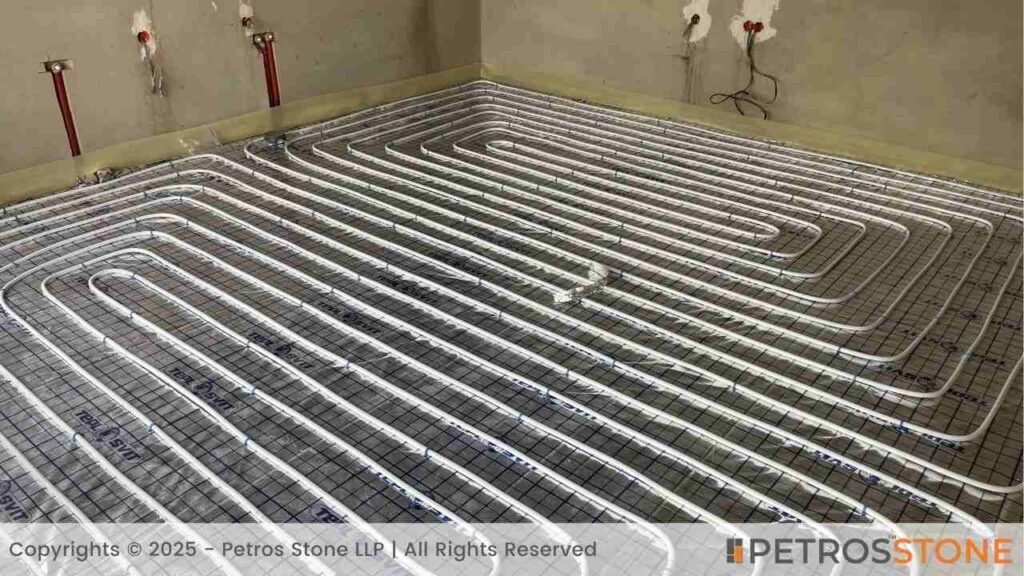
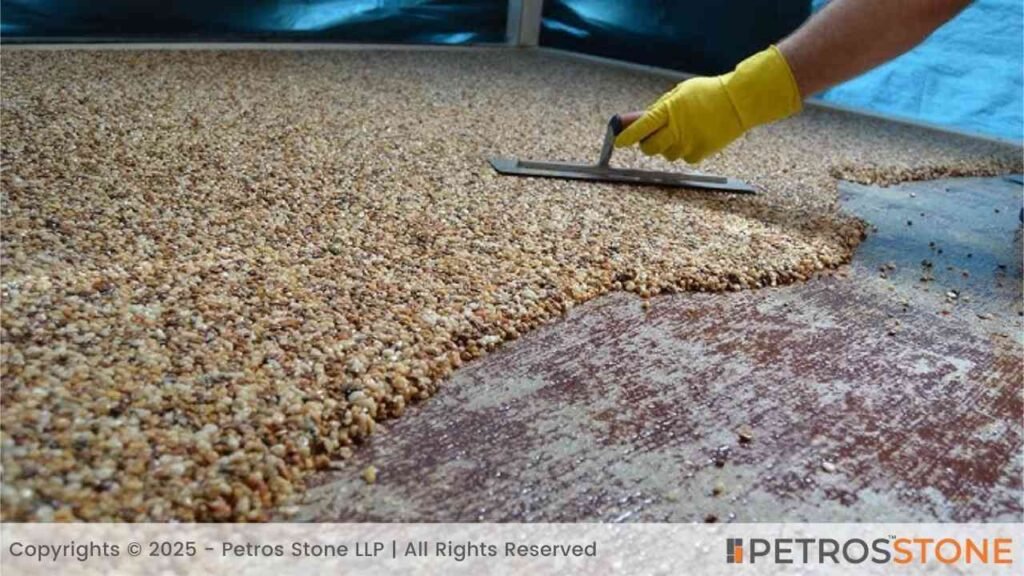
Even cold surfaces may appear inviting. Use lighting, warmth, and texture to change the space.
How to Add Warmth to Cold Surfaces (Stone/Tile)
- Radiant floor heat: The number one comfort improvement in tile/stone.
- Area rugs: Select washable, breathable, synthetic area rugs.
- Layered textures: Use furniture and accessories made of wood, soft throws, and curtains.
- Zone designing: Hard floors in walk-in areas, and soft surfaces in sitting areas.
Using Area Rugs Without Risking Mold
- Use synthetic fibers (polypropylene/nylon) and do not place thick natural jute on wet slabs.
- Put rugs over breathable pads (non-absorbent) to circulate air.
- Make sure to dry the rugs out as soon as they get wet.
- Flood-risk basement, choose small rugs that one can remove and wash.
Mixing Waterproofing Treatments with Flooring Choices
- Before placing any tile, vinyl, or epoxy, seal the slab to stop any moisture present.
- Install vapor barriers under floating floors (LVP/LVT, laminate).
- Use a dimpled underlayment to provide an air gap and minimize the cold feel.
- Use a dehumidifier to keep the humidity at less than 55%.
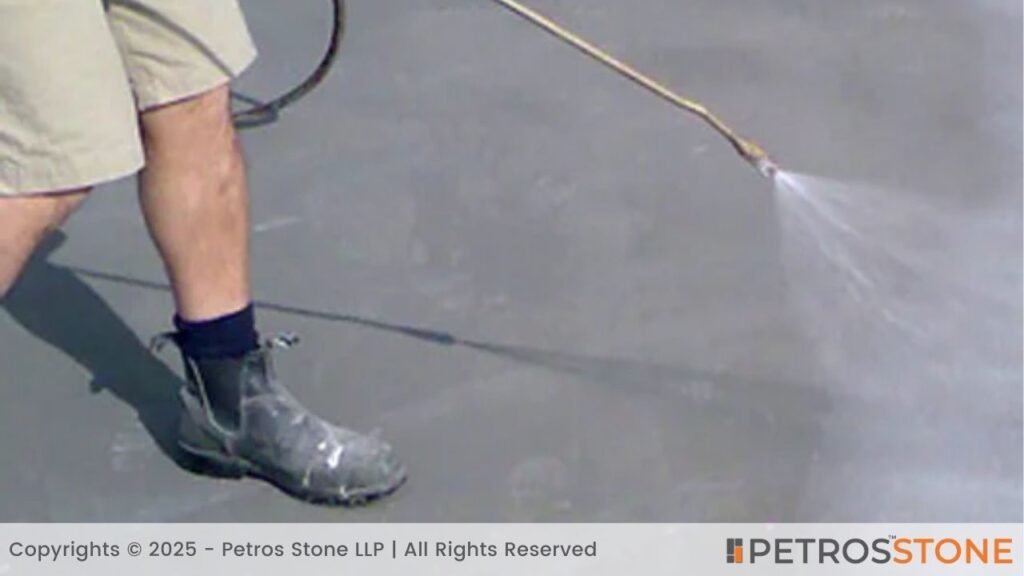
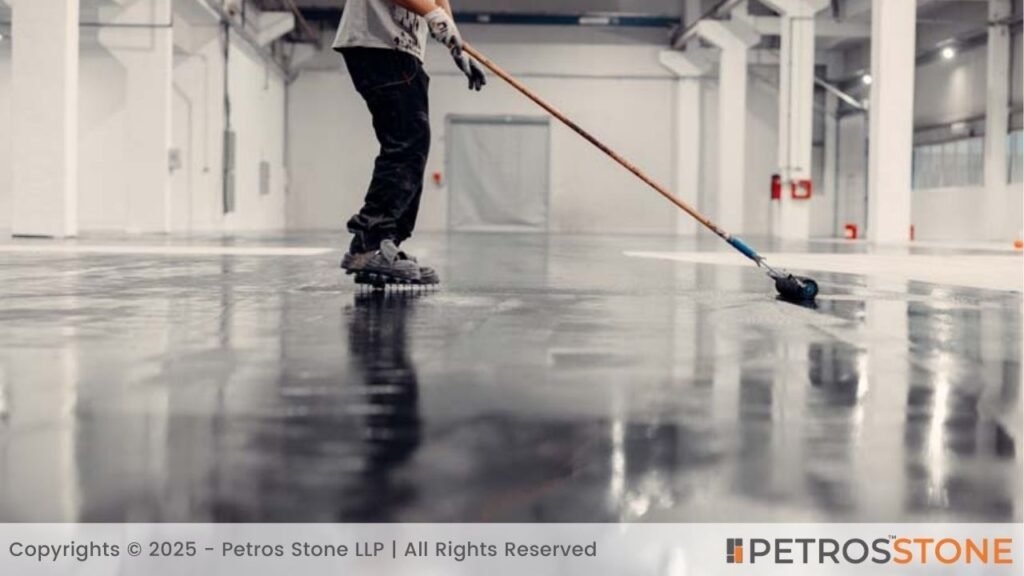
Lighting and Color Schemes to Enhance Flooring
- To soften hard surfaces, use warm LEDs (2700-3000K).
- Recessed lighting and floor lamps here and there provide balance
- Light floors open up little basements; dirt is best concealed by mid-tones.
- Go vertical with accent walls and large artwork that draws the eye up and makes the room feel high.
Summary
The right basement floor is dependent on the amount of water you encounter. Flood-prone areas are better suited to porcelain or ceramic, natural tile, epoxy, or sealed concrete flooring. The materials are long-lasting, simple to clean, and sturdy once they have been exposed to water. Dry, well-managed basements offer you more comfortable options. Comfort and warmth are provided through engineered hardwood, cork (sealed) carpet tiles, laminates, or rubber. These choices create a living space rather than a storage cupboard.
Smart installation plans are needed on concrete bases. You may directly bond to tile work, stone, epoxy, or sealed concrete, or float floors with a vapor barrier. Coupled with the implementation of radiant heat, good lighting, and rugs, the basement will be a warm and welcoming environment.
Key Takeaways
- Match flooring to moisture conditions: Choose waterproof materials like tile, epoxy, or sealed concrete for flood-prone basements, and opt for comfort-focused materials like engineered wood or cork in dry ones.
- Moisture management is critical: Always address condensation, vapor transmission, and flooding risks with vapor barriers, sealers, and proper underlayments.
- Cost vs. longevity matters: While options like LVP are affordable, natural stone and tile offer longer lifespans and better flood resistance for higher upfront investment.
- Concrete is both base and finish: With proper sealing or polishing, concrete can serve as a durable, budget-friendly finished floor—especially in utility or modern-style basements.
- Enhance comfort with design: Use radiant floor heating, breathable area rugs, layered textures, and strategic lighting to make even hard-surface floors feel inviting and cozy.
Feel free to get in touch for a free consultation, quote, and get a detailed understanding from our experts here at Petros®. Visit https://petrosstone.com/ or call +91-8446360361 and WhatsApp
Brown Granite
White Galaxy Granite
Blue Bahia Granite
Silver Cloud Granite
Black Pearl Granite
Dallas White Granite



